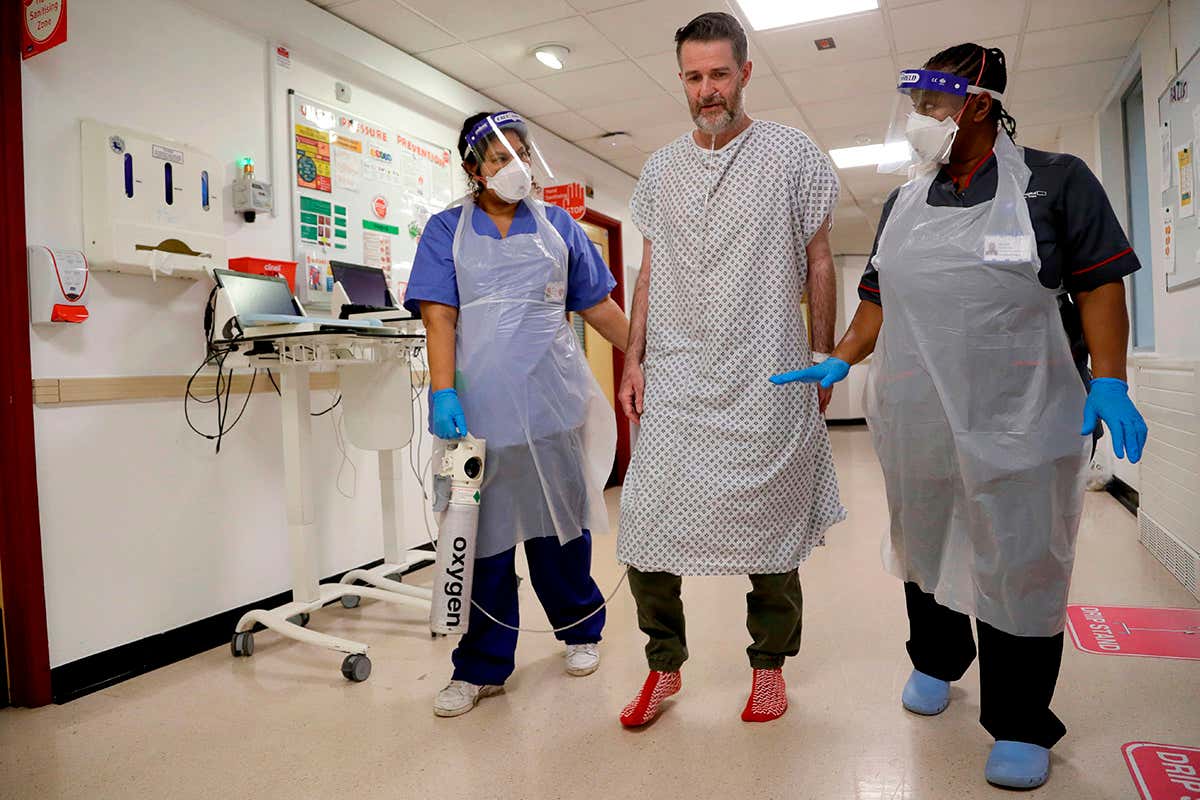Health insurance is a type of thing that people usually think of only when they need it. Otherwise, their policies are just paperwork in their file or in the card in their wallet. Indonesian Insuretek Ray Assurance is taking a new approach. Once a member becomes a member, they gain access to the healthcare platform, which includes AI-based self-assessment tools, additional charges and 24/7 telemedicine consultation for pharmacy delivery. The startup is stealthily starting today, having already raised 1 million in pre-seed funding from the Trans-Pacific Technology Fund (TPTF).
Rechi was founded this year by Ivan Tanotogono, former head of the digital channel at Sequis, one of Indonesia’s largest insurance companies, and Bobby Siajian, who holds key engineering roles in companies including Tokopedia and C Group. Insurance industry veteran David Nugraho has joined them as chief business officer.
He created Ray for low access to life and health insurance in Indonesia. “When you look at the root causes and the issues of pain, you’re looking at systemic problems here,” Tanotogono said. These include low awareness, expensive distribution channels such as agents and telemarketing, high premiums and complicated policies.
“People think production is really complicated, the process is difficult and they don’t get the best value for money. This has been the case for many years, “he told TechCrunch. “We believe we can’t just go to market and digitize part of the value chain.”
Plans start at around $ 4 USD per month and are available for individuals or groups, such as families and small businesses. Ray’s Wellness ecosystem was created to give customers more value for their money and help them stand out from other companies in Indonesia’s growing insuretech industry. Some of the other startups that have recently raised funds include Lifepal, Pasarpolis and Kuala.
“Right now, if you look at insurance in Indonesia, the premium is higher, maybe 80% or 90% will be used for the distribution channel. Now if we do some optimization for digital delivery, we can reduce the cost and use the rest for healthy features, ”Tanotogono added.
Disclaimer: The views, suggestions, and opinions expressed here are the sole responsibility of the experts. No Economymono journalist was involved in the writing and production of this article.

